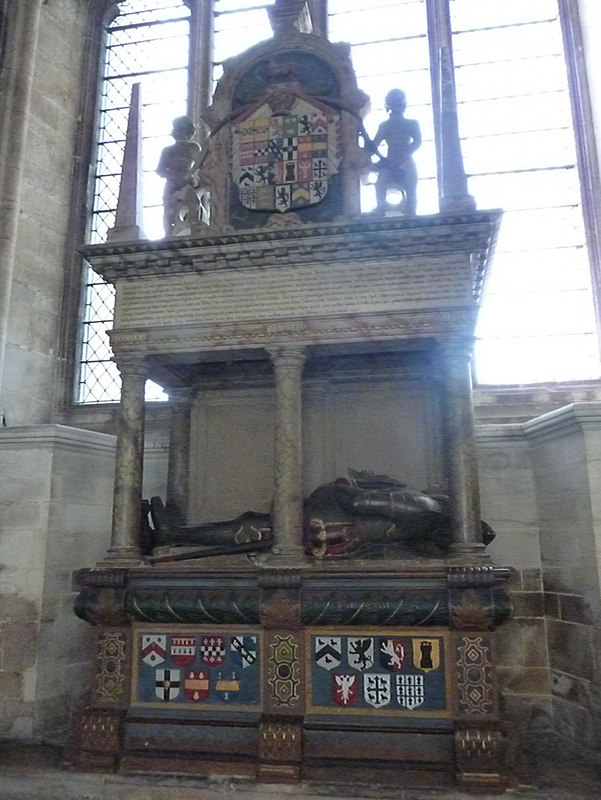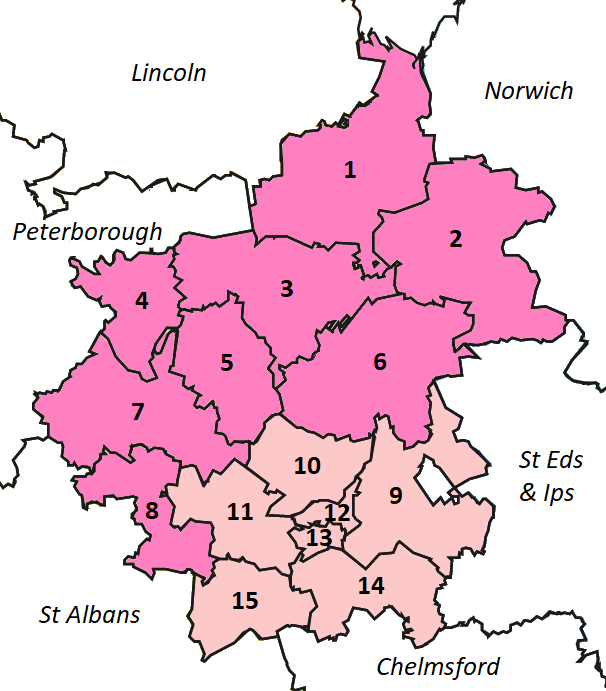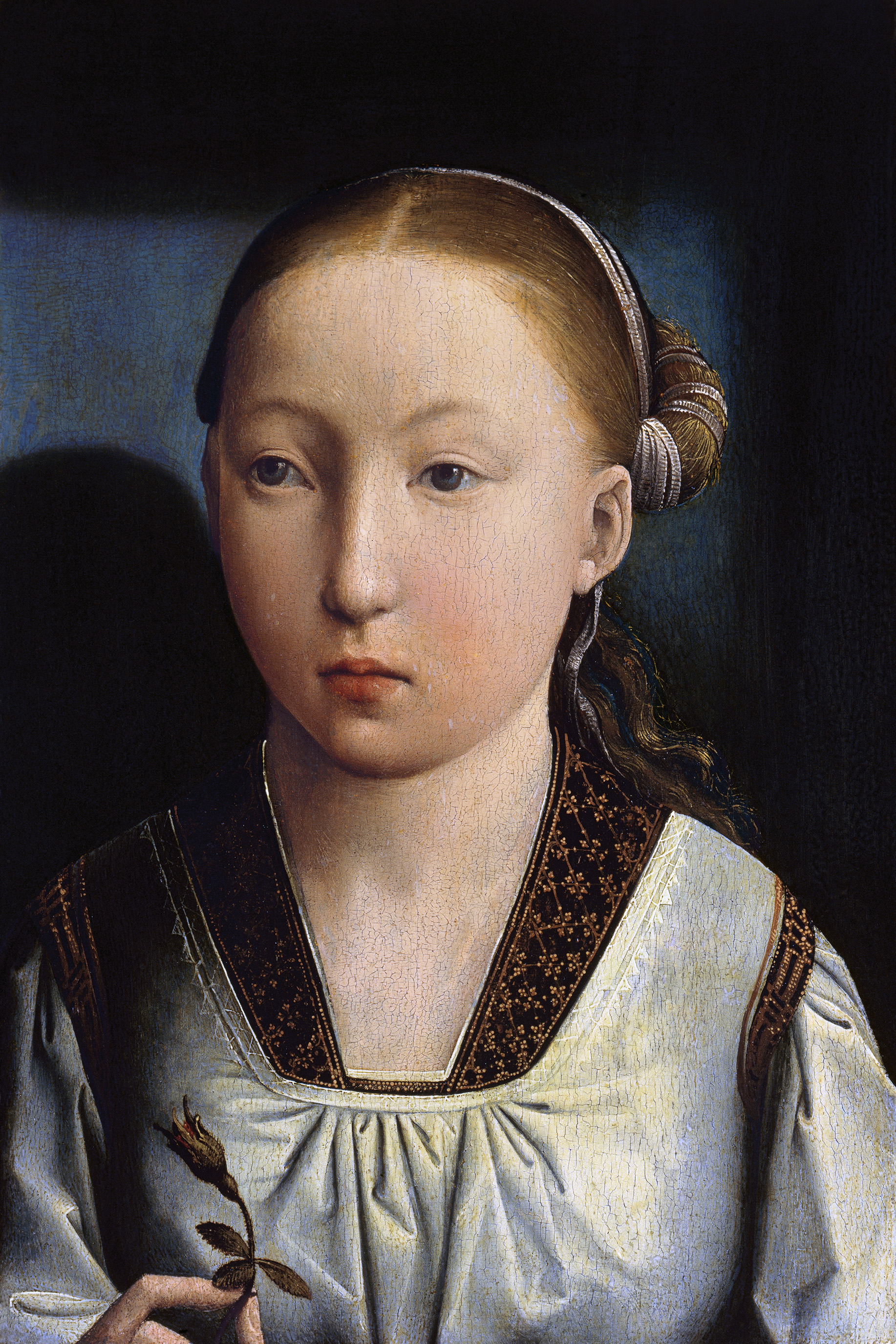|
Robert Steward (dean)
Robert Steward (died 1557) (''aliter'' Styward / Wells) was an English cleric who served as the last prior of the Benedictine Ely Cathedral, Ely Abbey, in Cambridgeshire, and as the first Dean of Ely, Dean of Ely Cathedral which replaced it at the Dissolution of the Monasteries. Origins He was born at Wells, Norfolk, Wells in Norfolk, a son of Nicholas Steward of Wells by his heiress wife Cecilia Baskerville. His brothers included Simeon Steward (d.1568) who married Joan Besteney, daughter and heiress of Edward Besteney of Soham in Cambridgeshire, whose sons included Sir Mark Steward (d.1603), MP, whose grand monument with effigy survives in Ely Cathedral, and Nicholas Steward (MP for Cambridge University), Nicholas Steward (1547-1633) of Taplow in Buckinghamshire, later of Hartley Mauditt in Hampshire, grandfather of Sir Nicholas Steward, 1st Baronet (1618-1710) "Baronet of Hartley Mauditt", of Pylewell Park in Hampshire, whose descendants adopted the surname "Stuart". The His ... [...More Info...] [...Related Items...] OR: [Wikipedia] [Google] [Baidu] |
Ely Cathedral
Ely Cathedral, formally the Cathedral Church of the Holy and Undivided Trinity of Ely, is an Church of England, Anglican cathedral in the city of Ely, Cambridgeshire, England. The cathedral can trace its origin to the abbey founded in Ely in 672 by St Æthelthryth (also called Etheldreda). The earliest parts of the present building date to 1083, and it was granted cathedral status in 1109. Until the English Reformation, Reformation, the cathedral was dedicated to St Etheldreda and St Peter, at which point it was refounded as the Cathedral Church of the Holy and Undivided Trinity of Ely. It is the cathedral of the Diocese of Ely, which covers most of Cambridgeshire and western Norfolk, Essex, and Bedfordshire. It is the seat of the Bishop of Ely and a suffragan bishop, the Bishop of Huntingdon. Architecturally, Ely Cathedral is outstanding both for its scale and stylistic details. Having been built in a monumental Romanesque architecture, Romanesque style, the galilee porch, lady ... [...More Info...] [...Related Items...] OR: [Wikipedia] [Google] [Baidu] |
Alexander Stewart, 4th High Steward Of Scotland
Alexander Stewart (c. 1210 – 1282), known as Alexander of Dundonald, was a Scottish magnate who in 1241 succeeded his father as hereditary High Steward of Scotland. Origins He was the son of Walter Stewart, 3rd High Steward of Scotland. Career He fought on the Seventh Crusade under King Louis IX of France, during which his younger brother John was killed at Damietta in Egypt in 1249. He also seems to have made a pilgrimage to Santiago de Compostela in Spain and in honour of the saint baptised his eldest surviving son James, a name rare before then in Scotland. In 1255 he appears as one of the Regents of Scotland during the minority of King Alexander III. He commanded the Scottish army at Largs in October 1263, successfully defending Scotland against attempted invasion by King Haakon IV of Norway. It appears to have been in his time that the Stewarts acquired the lordship of the Cowal Peninsula, with their castle at Dunoon. He is recorded as playing a prominent part in affa ... [...More Info...] [...Related Items...] OR: [Wikipedia] [Google] [Baidu] |
See Of Ely
The Diocese of Ely is a Church of England diocese in the Province of Canterbury. It is headed by the Bishop of Ely, who sits at Ely Cathedral in Ely. There is one suffragan (subordinate) bishop, the Bishop of Huntingdon. The diocese now covers the modern ceremonial county of Cambridgeshire (excluding the Soke of Peterborough) and western Norfolk. The diocese was created in 1109 out of part of the Diocese of Lincoln. The diocese is ancient, and the area of Ely was part of the patrimony of Saint Etheldreda. A religious house was founded in the city in 673. After her death in 679 she was buried outside the church, and her remains were later reburied inside, the foundress being commemorated as a great Anglian saint. The diocese has had its boundaries altered various times. From an original diocese covering the historic county of Cambridgeshire and the Isle of Ely, Bedfordshire and Huntingdonshire were added in 1837 from the Diocese of Lincoln, as was the Sudbury archdeaconry ... [...More Info...] [...Related Items...] OR: [Wikipedia] [Google] [Baidu] |
William More (bishop)
William More was appointed Bishop of Colchester to deputise within the Diocese of Ely under the provisions of the Suffragan Bishops Act 1534 in 1536 and held the post until his death in 1541. Educated at Cambridge University. Life He is said to have been educated at both Oxford and Cambridge. He first appears as rector of Bradwell in Essex, having been collated 25 April 1534. On 5 October of the same year he was further collated to the rectory of West Tilbury in the same county, and then held the degree S.T.B. On 20 October 1536 he was consecrated bishop of Colchester as suffragan to the Bishop of Ely. He was a master in chancery at the time. He became abbot of Walden ''in commendam In canon law, commenda (or ''in commendam'') was a form of transferring an ecclesiastical benefice ''in trust'' to the ''custody'' of a patron. The phrase ''in commendam'' was originally applied to the provisional occupation of an ecclesiastica ...'' at an unknown date. As abbot he presented to ... [...More Info...] [...Related Items...] OR: [Wikipedia] [Google] [Baidu] |
Suffragan-bishopric Of Colchester
The Bishop of Colchester is an episcopal title used by an area bishop of the Church of England Diocese of Chelmsford, in the Province of Canterbury, England. The current bishop is Roger Morris, former Archdeacon of Worcester, who was consecrated as the Bishop of Colchester on 25 July 2014 at St Paul's Cathedral.Diocese of Worcester – Archdeacon of Worcester to become Bishop of Colchester (Accessed 2 May 2014) The title takes its name after the town of in , and was first created under the |
Catherine Of Aragon
Catherine of Aragon (also spelt as Katherine, historical Spanish: , now: ; 16 December 1485 – 7 January 1536) was List of English royal consorts, Queen of England as the Wives of Henry VIII, first wife of King Henry VIII from their marriage on 11 June 1509 until its annulment on 23 May 1533. She was Princess of Wales while married to Henry's elder brother, Arthur, Prince of Wales, for a short period before his death. Catherine was born at the Archbishop's Palace of Alcalá de Henares, and was the youngest child of Isabella I of Castile and Ferdinand II of Aragon. She was three years old when she was betrothed to Arthur, the eldest son of Henry VII of England. They married in 1501, but Arthur died five months later. Catherine spent years in limbo, and during this time, she held the position of ambassador of the Aragonese crown to Kingdom of England, England in 1507, the first known female ambassador in European history. She married Henry VIII shortly after his accession i ... [...More Info...] [...Related Items...] OR: [Wikipedia] [Google] [Baidu] |
Henry VIII
Henry VIII (28 June 149128 January 1547) was King of England from 22 April 1509 until his death in 1547. Henry is known for his Wives of Henry VIII, six marriages and his efforts to have his first marriage (to Catherine of Aragon) annulled. His disagreement with Pope Clement VII about such an annulment led Henry to initiate the English Reformation, separating the Church of England from papal authority. He appointed himself Supreme Head of the Church of England and dissolution of the monasteries, dissolved convents and monasteries, for which he was List of people excommunicated by the Catholic Church, excommunicated by the pope. Born in Greenwich, Henry brought radical changes to the Constitution of England, expanding royal power and ushering in the theory of the divine right of kings in opposition to papal supremacy. He frequently used charges of treason and heresy to quell dissent, and those accused were often executed without a formal trial using bills of attainder. He achi ... [...More Info...] [...Related Items...] OR: [Wikipedia] [Google] [Baidu] |
Bishop Of Ely
The Bishop of Ely is the Ordinary (officer), ordinary of the Church of England Diocese of Ely in the Province of Canterbury. The diocese roughly covers the county of Cambridgeshire (with the exception of the Soke of Peterborough), together with a section of north-west Norfolk and has its episcopal see in the Ely, Cambridgeshire, City of Ely, Isle of Ely in Cambridgeshire, where the seat is located at the Ely Cathedral, Cathedral Church of the Holy Trinity. The diocesan bishops resided at the Old Palace, Ely, Bishop's Palace, Ely until 1941; they now reside in Bishop's House, the former cathedral deanery. The roots of the Diocese of Ely are ancient and the area of Ely was part of the patrimony of Æthelthryth, Saint Etheldreda. Prior to the elevation of Ely Cathedral as the seat of the diocese, it existed as first as a convent of religious sisters and later as a monastery. It was led by first by an abbess and later by an abbot. The convent was founded in the city in 673. After S ... [...More Info...] [...Related Items...] OR: [Wikipedia] [Google] [Baidu] |
Thomas Goodrich
Sir Thomas Goodrich (also spelled Goodricke; died 10 May 1554) was an English ecclesiastic and statesman who was Bishop of Ely from 1534 until his death. Life He was a son of Edward Goodrich of East Kirkby, Lincolnshire and brother of Henry Goodricke of Ribston Hall, North Yorkshire. He was educated at Corpus Christi College, Cambridge, afterwards becoming a fellow of Jesus College in the same university. He was among the divines consulted about the legality of Henry VIII's marriage with Catherine of Aragon, became one of the royal chaplains about 1530, and became Bishop of Ely in 1534; he was consecrated a bishop on 19 April 1534, by Thomas Cranmer, Archbishop of Canterbury, assisted by John Longland, Bishop of Lincoln; and Christopher Lord, suffragan bishop of Canterbury and Bishop of Sidon. The diplomat Nicholas Hawkins had been the successor in waiting for his uncle Nicholas West; but he had recently died on a mission to Emperor Charles V. Goodrich was favourab ... [...More Info...] [...Related Items...] OR: [Wikipedia] [Google] [Baidu] |
Augmentation Of Honour
In heraldry, an augmentation (often termed augmentation of honour or sometimes augmentation of arms) is a modification or addition to a coat of arms, typically given by a monarch as either a mere mark of favour, or a reward or recognition for some meritorious act. The grants of entire new coats by monarchs as a reward are not augmentations, but rather grants of arms, and (in theory) an augmentation mistakenly given to someone who did not have a right to a coat would be nugatory. Augmentations could be of any kind: an ordinary, a charge, or a partition of the field. Most often it involves a chief or a canton, which contains a part or the entirety of the arms of the sovereign, which he concedes to a loyal vassal. Not all modifications to a coat of arms are augmentations of honour. Brisures, for example, are for the cadet lines of the dynasty, which are made by adding a label, bend, bordure, etc. A common case of augmentations of honour are French cities having in their a ... [...More Info...] [...Related Items...] OR: [Wikipedia] [Google] [Baidu] |
Sir William Cook, 2nd Baronet
Sir William Cook, 2nd Baronet (c. 1630 – January 1708), of Broome Hall in Norfolk, was a member of the East Anglian gentry and a Tory Member of Parliament. Origins He was only son and heir of Sir William Cook, 1st Baronet (died 1681), of Broome Hall, by his first wife Mary Astley, a daughter of Thomas Astley of Melton Constable in Norfolk. His grandfather had acquired Broome Hall by marriage in 1603. The Cooke family had been seated at Linstead in Suffolk since the 15th century. The 1st Baronet remained neutral in the English Civil War, though he did sign the Norfolk address to General George Monck for a free parliament in 1660 and was made a baronet three years later. Career He attended Emmanuel College, Cambridge from 1647 and received legal training at Gray's Inn from 1648 and was noted as "very well versed in every kind of learning, but especially distinguished by the suavity of his manners". He was a Justice of the Peace for Norfolk from 1660 to 1668 and a captain in t ... [...More Info...] [...Related Items...] OR: [Wikipedia] [Google] [Baidu] |






